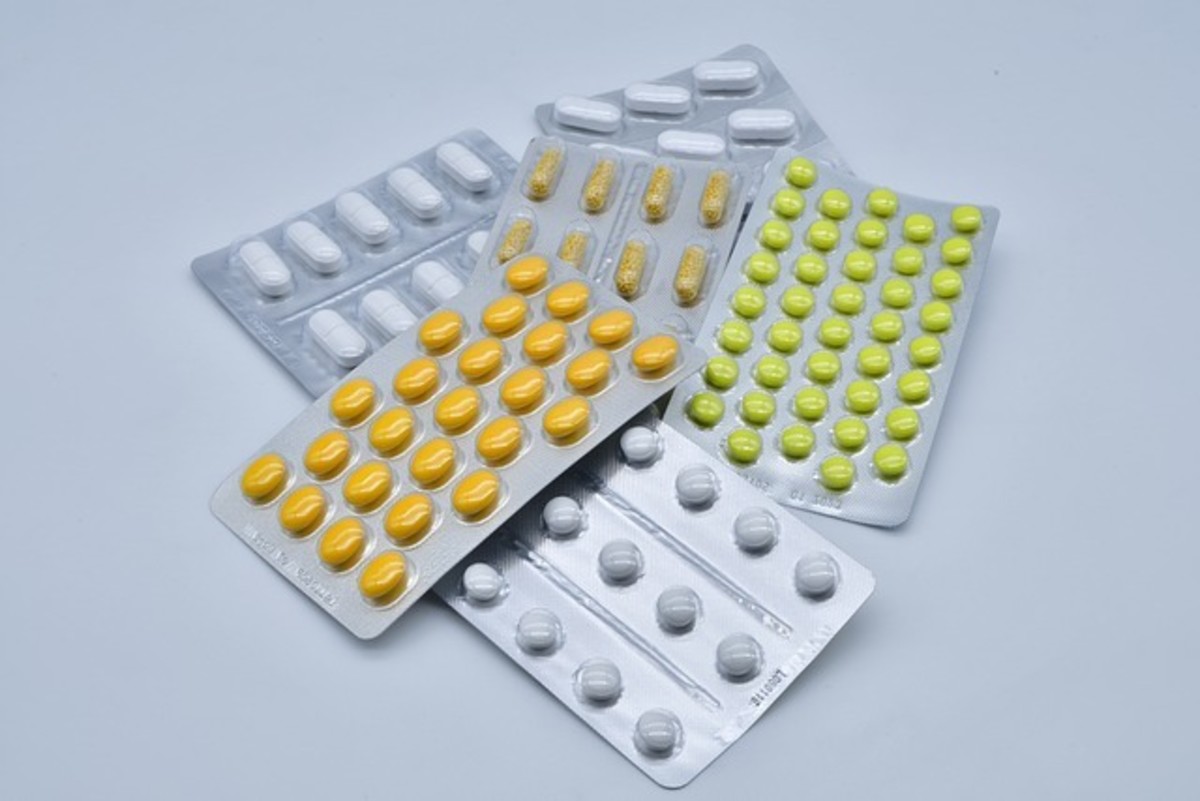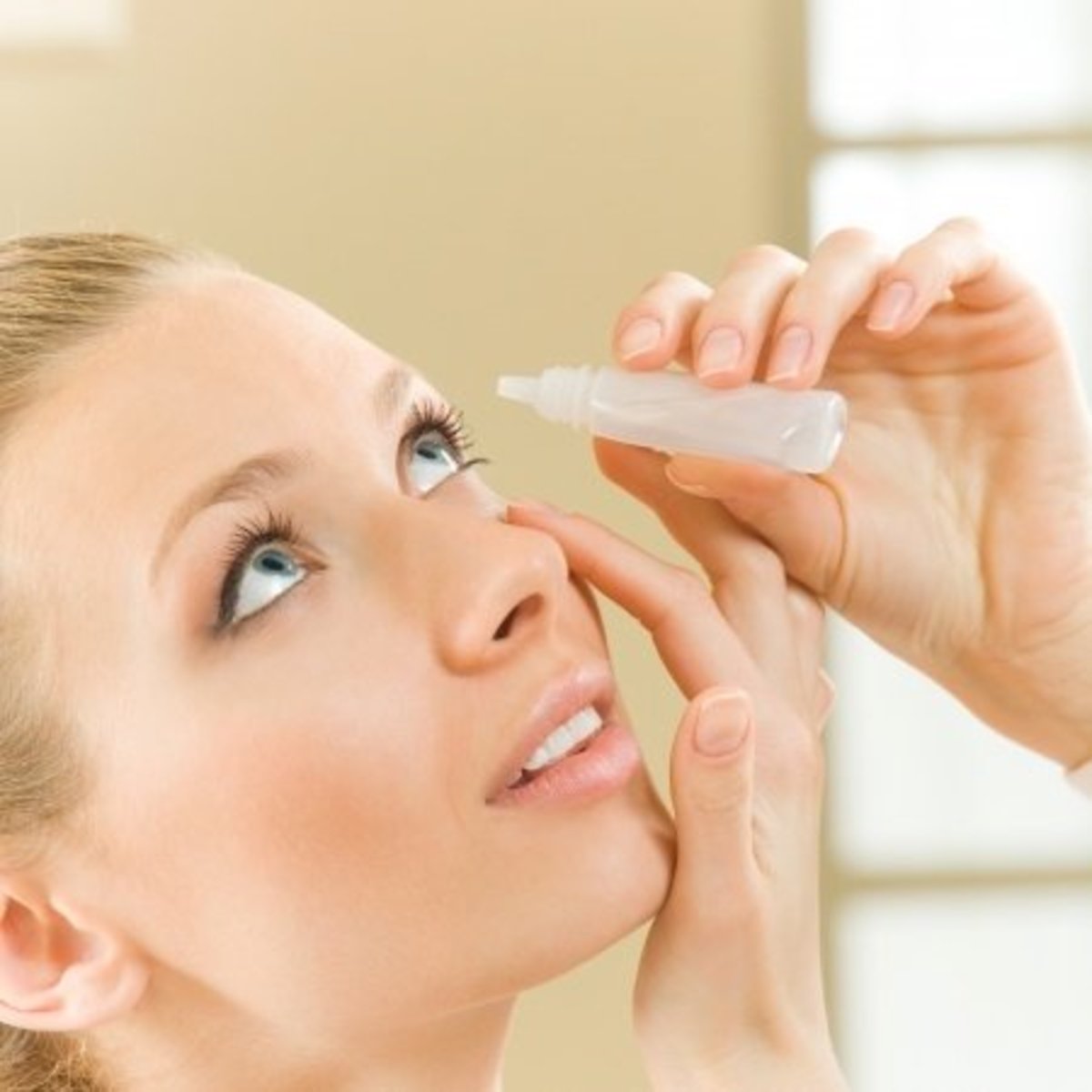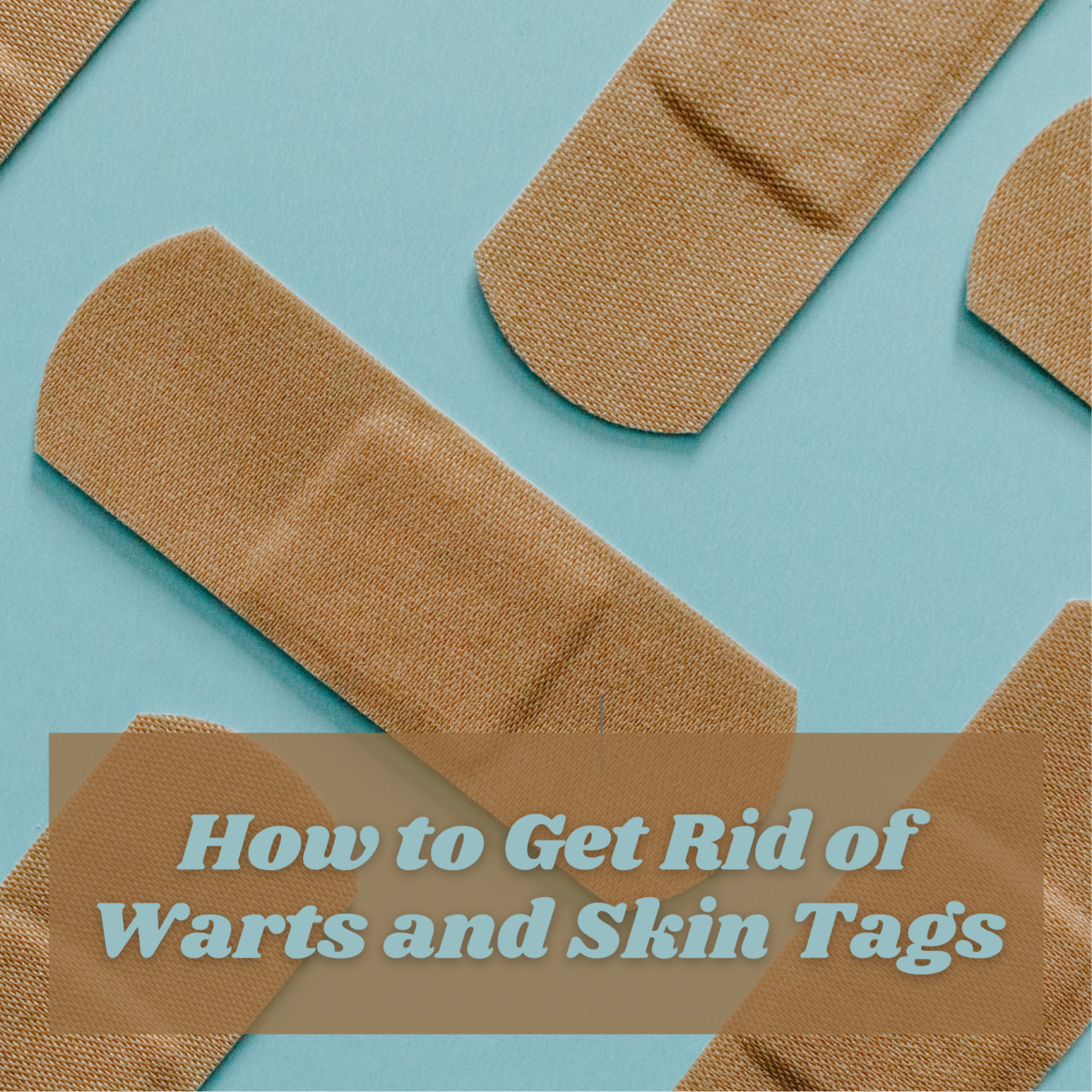Fun Facts About Free Government Prescriptions
Fun Facts About Free Government Prescriptions
It's true, you might be eligible for free government prescription drugs from the folks in Washington. They want you to be healthy; they won't be waking you in the middle of the night to ask if you are taking your meds on schedule. Here are some fun facts and amazing details of these programs.
Health care is important to everyone. We all want our families to have access to affordable doctors, prescriptions, and medical services. Sometimes we feel overwhelmed when costs skyrocket and the quality of care stays the same or even declines. Preventive care sometimes gets ignored because day-to-day expenses simply consume our financial resources. We feel as if we can't afford basic visits to the doctor's office when routine exams and diagnostic procedures get more and more expensive. There are some government programs that can help.

Free Prescription Discount Card
- Counties in Ohio, in conjunction with The United Way and other agencies, offer a free prescription discount card. Participate in the program could not be much simpler. No fees must be paid and no forms need to be filled out. There are no requirements or restrictions on age, income, or health care coverage. County officials claim that there are no costs to the individual counties, county taxpayers, or consumers who use the card. Eligibility is universal throughout each participating county, and consumers always receive the lowest retail price, which saves money for consumers who do not have insurance and for consumers who take prescription medications not covered by insurance. Over 50,000 pharmacies will accept the card.

- A program called The Partnership for Prescription Assistance offers support for folks who need help finding free medications and free programs to acquire them. Many well known organizations participate in this organization, including The American Cancer Society, The American Heart Association, The American Lung Association, The NAACP, and The National Latina Health Network.
Participating in this program gives much-needed access to over 450 programs, many of which are administered by the government. Over 150 pharmaceutical corporations are also involved, meaning that many popularly prescribed medications can be found somewhere in the program. The Partnership for Prescription Assistance does not charge for their services: signing up is free and access to the information is free. The program is funded by pharmaceutical research companies throughout the United States.
Free Help With the Doughnut Hole
The doughnut hole represents a coverage gap in Medicare Part D. Participants in the program are eligible for free prescription assistance in many situations. However, when a specific limits is reached ($2800) participants are obligated to pay 100% of costs until another level ($4550) is reached. These are annual limits, so this problem tends to reoccur every year for patients who have ongoing prescription medication expenses. The federal government is taking steps to 'close' the doughnut hole. In 2010, medicare participants were sent a $250 check when they entered the doughnut hole. In 2011, all medicare enrollees will pay only 50% for brand-name prescriptions. In ensuing years this co-pay will decrease until 2020, when the doughnut hole is scheduled to be legislated away.
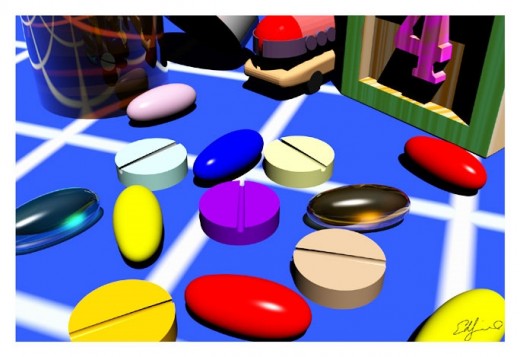
Prescription Hope
A program called Prescription Hope assists uninsured and under-insured individuals and families throughout the United States. This program was founded to incentivize and encourage government-sponsored prescription medication mechanisms. Prescriptions can be obtained directly from manufacturers by taking advantage of information and frameworks available from Prescription Hope. The organization is based in Ohio, but their resources are available to all 50 states in the United States. They don't actually provide medications, rather they facilitate and stream line the process of ordering necessary prescription medications from vendors. They do charge a small fee: $15 per month per prescription. This fee can be trivial when compared to the actual retail costs of many products. No limits are placed on the number of prescriptions that may be ordered, as long as a valid doctor's documentation can be provided by the patient. More good news: Medicare participants are still eligible to join this program.

SCHIP, Not Potato Chip
In 1997, Congress legislated the The "State Children’s Health Insurance Program", or SCHIP. It was designed to provide to provide medical coverage to uninsured low-income children who did not
qualify for Medicaid. The United States Department of Health and Human Services administers the program and doles out matching funds to states. SCHIP is actually past of the Federal Social Security program, having been written into law under Title 21 of the Social Security Act. On average, the federal government provides 70% of the funding for SCHIP programs. The poverty level was $22,050 for a family of four in 2009, but typical requirements allow for income at or below 133% of the poverty level.
In 2009 the program was revamped (and renamed to CHIPRA), with several major revisions:
-
Legal immigrants are no longer required to wait for 5 years for eligibility.The waiting period has been waived, allowing legal immigrants to apply immediately,
- A construct of supplemental bonus payments incentivizes individual states to enroll children of low-income families,
- Additional benefits such as dental care and mental health coverage (including associated prescriptions and prescription medications),
- Improvements in quality of care such as electronic health records, and
- Demonstration programs to combat obesity and develop information technology.
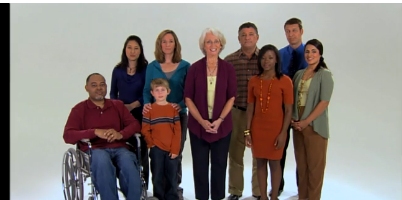
Free Shots
In 2010, the federal government passed a comprehensive health care restructuring act, The Affordable Care Act, that legislated sweeping changes to how citizens will pay for prescriptions and other health care services. One interesting aspect of the new law mandates free immunizations (shots) for specific illnesses, diseases, and conditions.
Certain insurance programs, both public and private are now required to provide free coverage for immunizations against health threats for children such as Diphtheria, Tetanus, Pertussis; Haemophilus Influenzae Type B; Hepatitis A; Hepatitis B; Quadrivalent Human Papillomavirus (for females); Inactivated Poliovirus; Influenza; Measles, Mumps, Rubella; Meningococcal; Rotavirus; and Varicella. Adults (19 years and older) may have free shots against such threats as Hepatitis A; Hepatitis B; Herpes Zoster; Quadrivalent Human Papillomavirus (for females); Influenza; Measles, Mumps, Rubella; Meningococcal; Pneumococcal; Tetanus, Diphtheria, Pertussis; and Varicella.
All these shots must be provided with no cost-sharing. This means no deductibles, no co-pays, and no additional fees may be added to the monthly insurance premium. All expenses must be absorbed by the insurance company that covers the patient or the family of the patient.
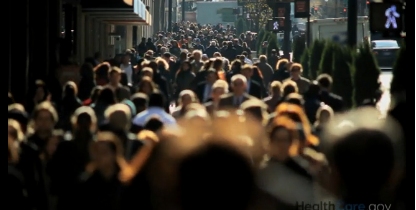
Conclusions
Look online for many free and nearly free programs. Prescription medications can be paid for through government programs as well as private programs organized through manufacturers and non-profit organizations. These programs want to reach out and help people pay for their prescriptions when the cost of health care becomes overwhelming or unaffordable.
Children in particular are often eligible for free or reduced rate prescriptions through a wide variety of systems. Social Security legislation mandates many opportunities for obtaining medications at virtually no cost for dependents of low income families and under-insured families.





